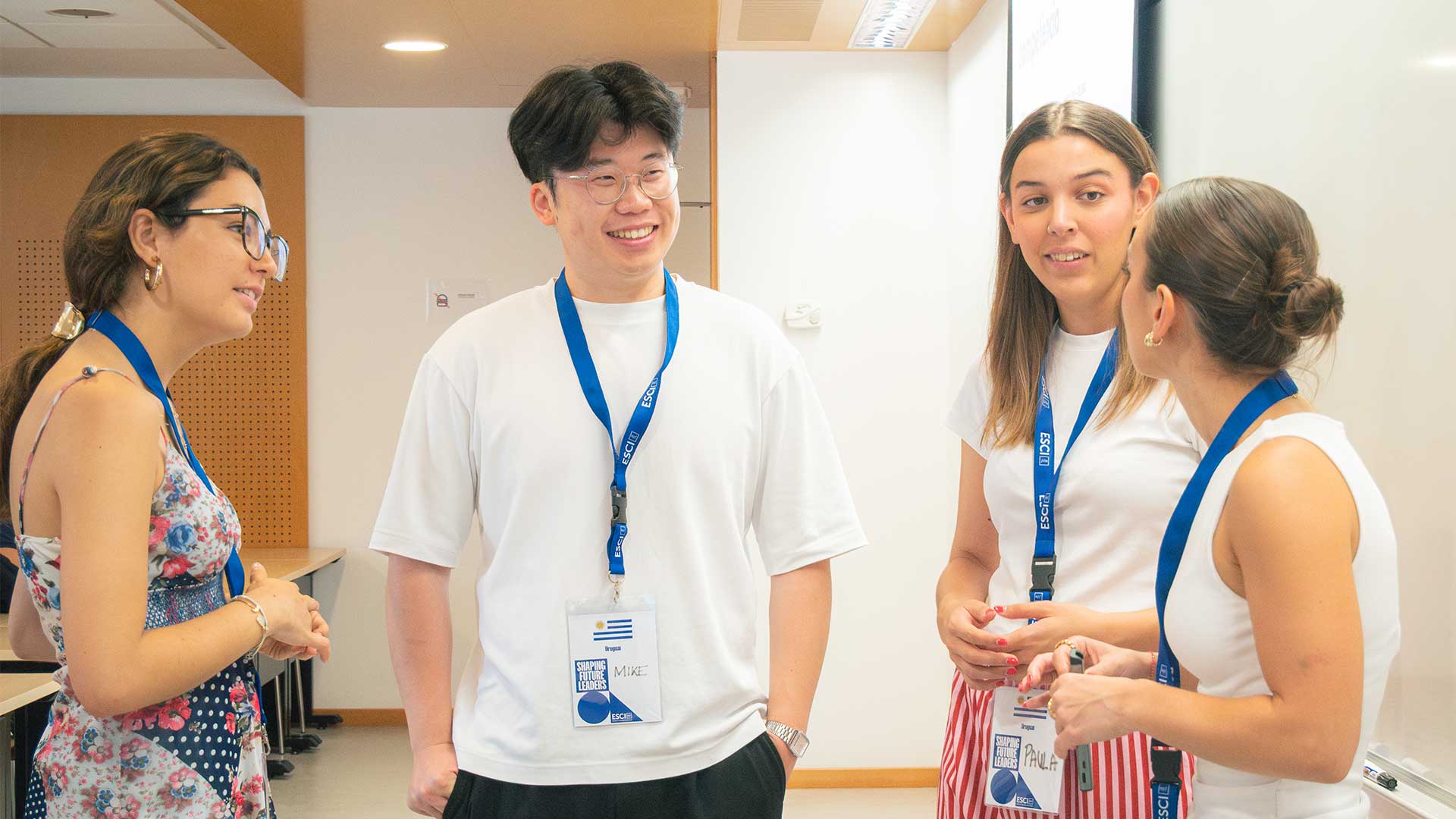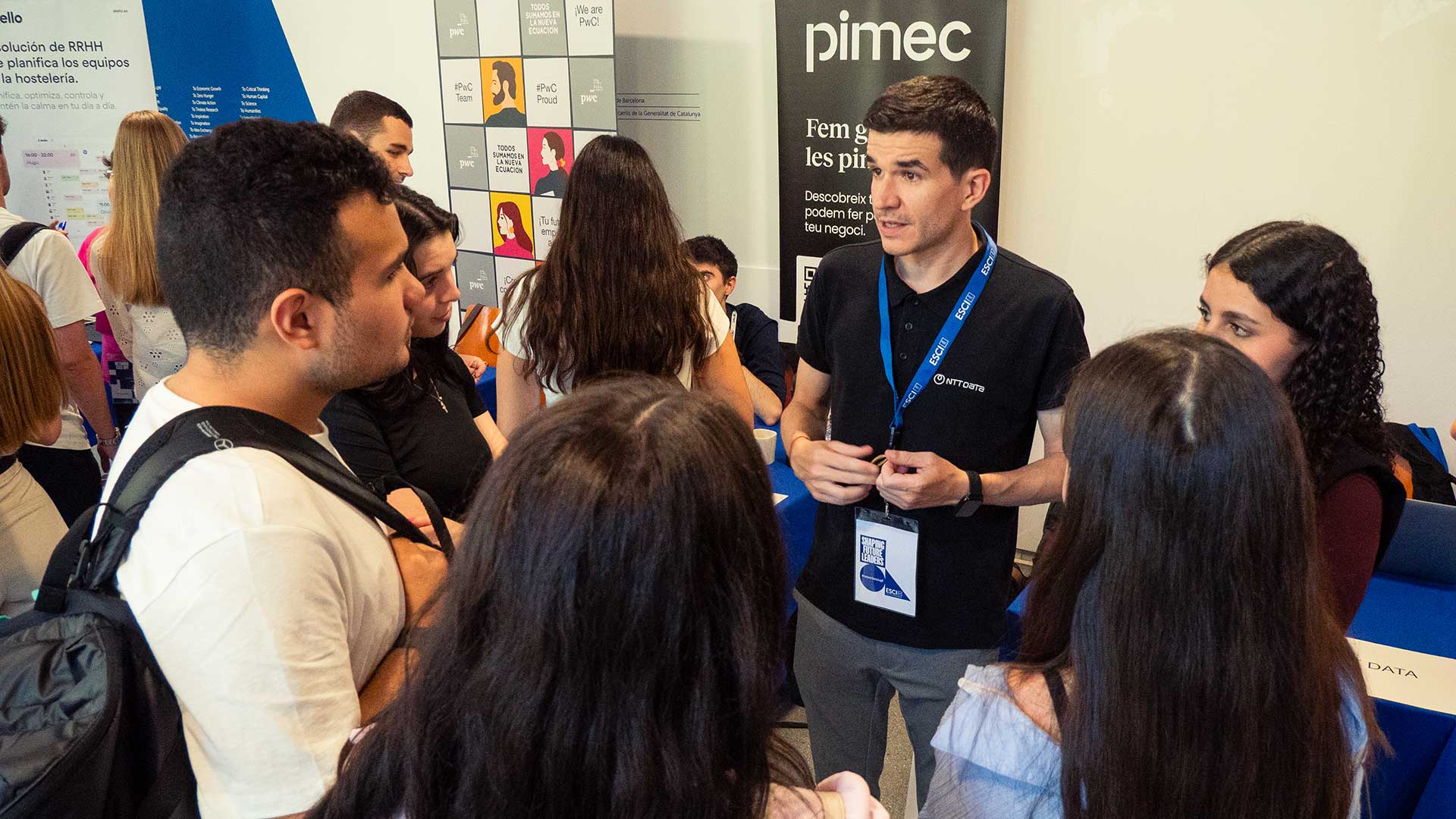In a new Introduction to Bioinformatics talk, Esther Lizano, postdoc researcher at the Institute of Evolutionary Biology (IBE) and co-founder and CSO of Flomics Biotech, explained to BDBI students two of the vast career options a bioinformatician can pursue based on her professional experience.
Before starting her talk, she forewarned the students that her academic background differs a bit from Bioinformatics –she studied Biochemistry, so she has no experience in programming. Even though, as a researcher, she uses bioinformatics tools daily. Lizano also said she was not trying to convince anyone about the best career path to choose but presenting two different professional environments by sharing her experiences.
She began with the academic field. Lizano underlined the need for communication between dry and wet labs to keep moving science forward. Firstly, she introduced the IBE’s Comparative Genomics Lab, where she works.
Academia tries to answer very abstract questions. One of the big questions they are trying to solve in the lab is understanding, from a biological point of view, what makes us humans. With this aim, they sequence genomes and compare humans with other close species to determine where the human genome’s uniqueness lies.
In the Comparative Genomics Lab of IBE, they study multiple samples through different research areas: genomics, epigenomics, transcriptomics and proteomics. The lab also participates in two big sequencing projects: ORG.one and Illumina.
After talking about academic research, she focused on Flomics Biotech, a Catalan start-up company she co-founded that operates in genomics, bioinformatics and next-generation sequencing (NGS). Flomics looks for solutions to be implemented in clinical practice and provides a complete range of personalized genomic services. Finally, Lizano deepened into one of the goals they pursue is to shorten the timings of cancer detection.
She finished the talk by summarizing the main similarities and differences between both worlds: Academia and start-up enterprises.


Leave a message